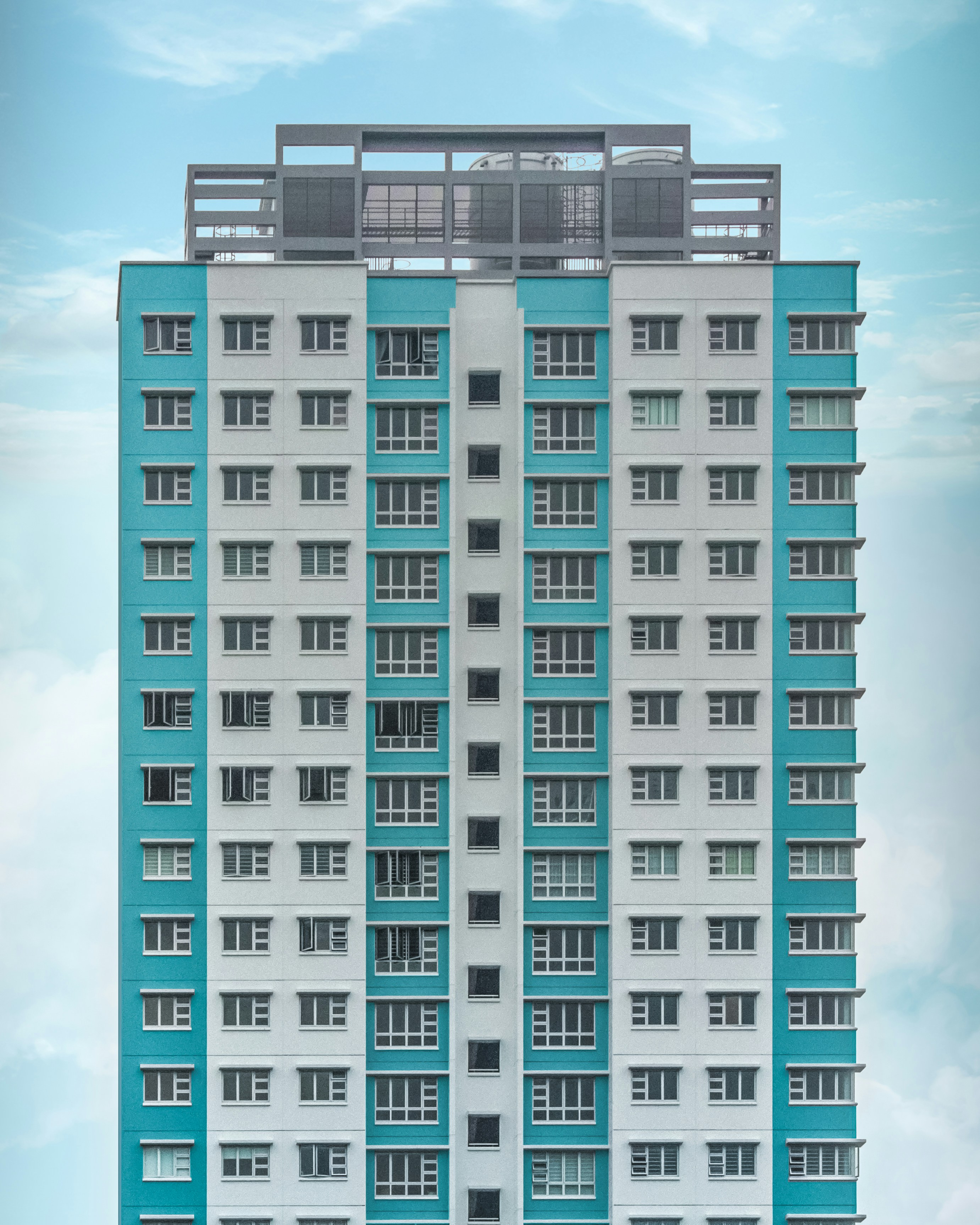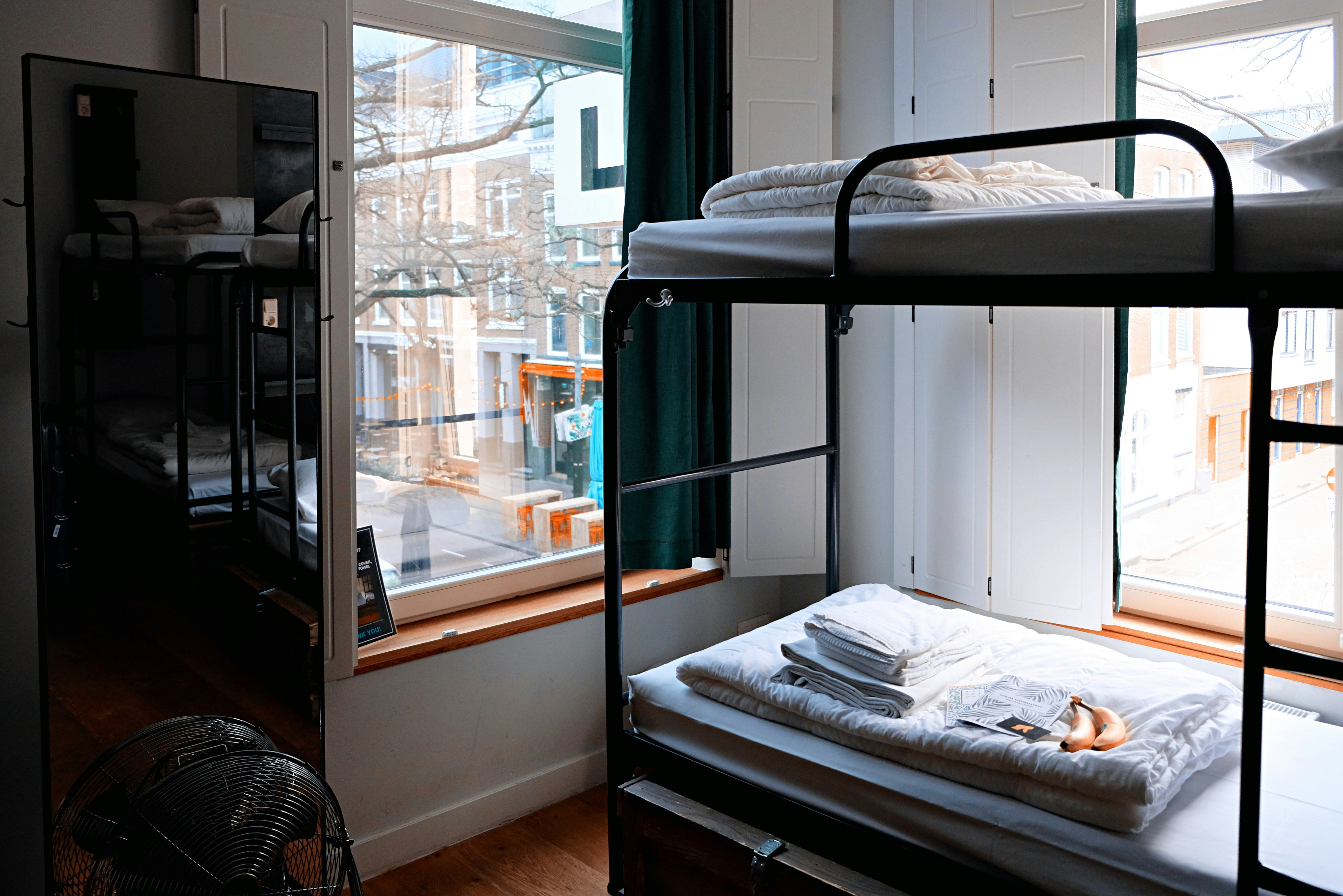Exceptional Resident Experience: The Key to Profitability

In real estate, success depends on more than occupancy rates and rental pricing. The most profitable properties excel at one core principle: creating an exceptional resident experience. When residents feel valued, understood, and supported, they stay longer, speak highly of the community, and contribute to consistent revenue growth.
Resident experience is not just a hospitality concept. It is a measurable business strategy that directly influences Net Operating Income (NOI). Teams that deliver high-quality, consistent experiences achieve better retention, reduced turnover costs, and stronger financial performance across every property in their portfolio.
The Connection Between Resident Experience and NOI
Retention Strengthens Profitability
Replacing residents is costly. Between marketing, leasing commissions, cleaning, and downtime, turnover can quickly eat into margins. Retaining residents is one of the most powerful ways to protect NOI and stabilize income.
Satisfied residents renew leases at higher rates, leading to fewer vacancies and predictable cash flow. They also serve as ambassadors for the property, generating positive reviews and referrals that lower marketing expenses.
Positive Experiences Increase Property Value
Exceptional resident experience contributes to stronger reputation scores and improved online visibility. Properties with high satisfaction levels can justify modest rent increases while maintaining occupancy.
As word-of-mouth and reputation grow, so does the property’s perceived value. Over time, this translates to higher asset valuation and stronger performance across the portfolio.
Understanding the Modern Resident
Changing Expectations
Today’s residents are informed, tech-savvy, and expect convenience. They value transparency, fast communication, and modern amenities. They want to feel part of a community rather than just another leaseholder.
Delivering on these expectations requires property teams to evolve from reactive management to proactive engagement. Success now depends on anticipating needs, communicating effectively, and providing seamless digital interactions throughout the resident journey.
Technology as a Differentiator
Technology is the bridge between operational efficiency and resident satisfaction. From online leasing and maintenance requests to automated notifications and digital payments, technology simplifies every touchpoint.
When residents can complete essential tasks quickly and conveniently, satisfaction rises. For property teams, this efficiency means more time to focus on meaningful engagement instead of repetitive administrative work.
The Core Pillars of Exceptional Resident Experience
Communication That Builds Confidence
Clear and proactive communication is the foundation of trust. Residents should always know how to reach management, when issues will be resolved, and what updates affect their living environment.
Using centralized communication tools helps maintain consistency and ensures messages are tracked and followed up promptly. Transparent, respectful dialogue strengthens relationships and creates a sense of reliability that residents value deeply.
Maintenance That Reflects Care
Fast, professional maintenance service signals that management cares about residents’ comfort and safety. Nothing impacts satisfaction faster than slow or incomplete repairs.
Digital maintenance systems streamline the process by allowing residents to submit requests online, receive real-time updates, and confirm resolution. This transparency builds confidence and reduces frustration while improving operational tracking for the team.
Personalization That Builds Belonging
Every resident wants to feel known. Personalization creates connection, whether through simple gestures like greeting residents by name or recognizing birthdays and anniversaries.
Modern CRM tools make personalization scalable by tracking resident preferences and interactions. With this data, teams can tailor communications, recommend relevant amenities, and create experiences that feel uniquely individual.
Amenities That Add Real Value
Amenities matter, but how they are managed matters even more. Fitness centers, coworking spaces, or community lounges must be clean, well-maintained, and accessible.
Residents also appreciate flexible spaces that fit modern lifestyles, such as package lockers, smart home technology, and shared outdoor areas. The more relevant the amenities are to daily life, the stronger their impact on satisfaction and retention.
Service That Feels Human
Technology enhances efficiency, but genuine human interaction builds loyalty. Every resident encounter should reinforce professionalism, empathy, and care.
Empowering staff to resolve issues promptly and creatively ensures residents always feel heard and respected. This culture of service excellence is what transforms satisfied residents into loyal advocates.
Measuring and Managing Resident Experience
Using Feedback as a Growth Tool
Feedback provides the clearest picture of resident sentiment. Surveys, online reviews, and renewal data reveal what residents appreciate and what needs improvement.
Tracking metrics like satisfaction scores and Net Promoter Scores (NPS) helps property teams benchmark performance across properties. This data-driven approach makes it easier to identify patterns, reward high-performing teams, and address weaknesses before they affect retention.
Connecting Experience Metrics to NOI
The link between satisfaction and financial performance is measurable. Properties with higher resident satisfaction consistently show stronger renewal rates, lower maintenance complaints, and higher occupancy.
Integrating feedback data with financial systems allows teams to see how improvements in service or amenities directly influence revenue and NOI. This alignment turns qualitative insights into quantifiable business outcomes.
Technology That Elevates the Resident Journey
Unified Communication Systems
Centralized communication platforms streamline interactions between residents and staff. Whether responding to maintenance requests or sending community updates, consistent communication builds trust and reduces confusion.
These systems also create accountability by tracking response times and ensuring every inquiry receives attention. The result is a smoother, more professional experience across all touchpoints.
Automated Maintenance Workflows
Automation eliminates common delays in maintenance processes. Residents can log requests digitally, attach photos, and track progress in real time.
For management teams, automation ensures that no request is missed and that performance standards are met. This not only improves resident satisfaction but also increases operational efficiency and cost control.
Self-Service and Digital Access
Self-service portals empower residents to manage their accounts at their convenience. Features like online rent payment, lease renewals, and document access make daily interactions effortless.
Providing autonomy through digital tools signals respect for residents’ time, while also freeing staff from repetitive administrative tasks. This combination of convenience and efficiency enhances satisfaction across the board.
Operational Alignment Around Experience
Collaboration Across Departments
Resident experience touches every function of property management. Leasing, maintenance, accounting, and marketing must operate in sync to deliver consistent outcomes.
Breaking down silos through integrated systems ensures that every team member has access to the same data and context. This alignment enables faster responses and a unified resident experience regardless of department.
Setting Clear KPIs for Experience
Operational success should include measurable resident experience goals. Examples include response times for maintenance, renewal communication schedules, and satisfaction score targets.
Linking these metrics to team incentives ensures that every employee is invested in improving experience outcomes. Over time, this builds a culture of accountability and excellence that residents can feel.
Building a Stronger Community
Engagement That Creates Connection
Community engagement transforms residents into active participants. Events, appreciation initiatives, and interactive communication channels help residents feel connected to their neighbors and management.
Simple efforts like seasonal events, newsletters, or resident spotlights can strengthen bonds and improve retention. The goal is to create a sense of belonging that extends beyond individual units.
Listening and Acting on Feedback
Encouraging feedback is only the first step. Acting on it is what earns resident loyalty. When residents see visible improvements based on their input, trust grows.
Even small changes—such as adjusting amenity hours or improving parking communication—show that management values resident voices. This responsiveness builds credibility and fosters long-term commitment.
Financial Benefits of a Resident-Centric Strategy
Increased Retention and Reduced Turnover
Happy residents renew leases. Each renewal saves the property thousands in marketing and operational costs. High retention ensures steady revenue and predictable cash flow, both of which directly strengthen NOI.
Lower Operational Costs
Residents who trust their management teams are more cooperative, report issues promptly, and care for their units responsibly. This reduces the frequency and severity of maintenance issues, minimizing expenses over time.
Efficient communication and digital workflows also decrease administrative overhead, allowing staff to manage more units without sacrificing quality.
Higher Revenue Potential
Satisfied residents become advocates. Positive reviews improve online visibility and attract new prospects organically. Properties with strong reputations can command premium pricing while maintaining occupancy levels.
A well-executed resident experience strategy drives long-term revenue growth without requiring additional marketing investment.
Building a Sustainable Experience Strategy
Define a Clear Vision
A strong resident experience program begins with clear intent. Define what an exceptional experience looks like for your brand and how it supports your financial goals. This vision should guide decisions across staffing, technology, and operations.
Align People, Processes, and Technology
Technology is most effective when supported by trained teams and well-defined processes. Equip employees with the skills and tools needed to deliver consistent, high-quality service at every interaction.
Consistency across locations and teams ensures that every resident enjoys the same level of care and attention.
Measure and Adapt
Continuous measurement ensures ongoing improvement. Regularly analyze resident satisfaction data, renewal rates, and operational performance to identify trends.
Adapting to feedback and market changes keeps the experience strategy relevant and effective. Resident needs evolve, and the best property teams evolve with them.
Conclusion
Exceptional resident experience is not a luxury. It is the foundation of profitability and sustainable growth. Properties that prioritize communication, responsiveness, personalization, and community engagement consistently outperform those that do not.
When residents feel genuinely cared for, retention rises, expenses drop, and NOI improves. The relationship between experience and financial success is direct and measurable.
By aligning people, processes, and technology around resident satisfaction, property teams can create lasting value for both residents and investors. Exceptional service today leads to exceptional returns tomorrow.


